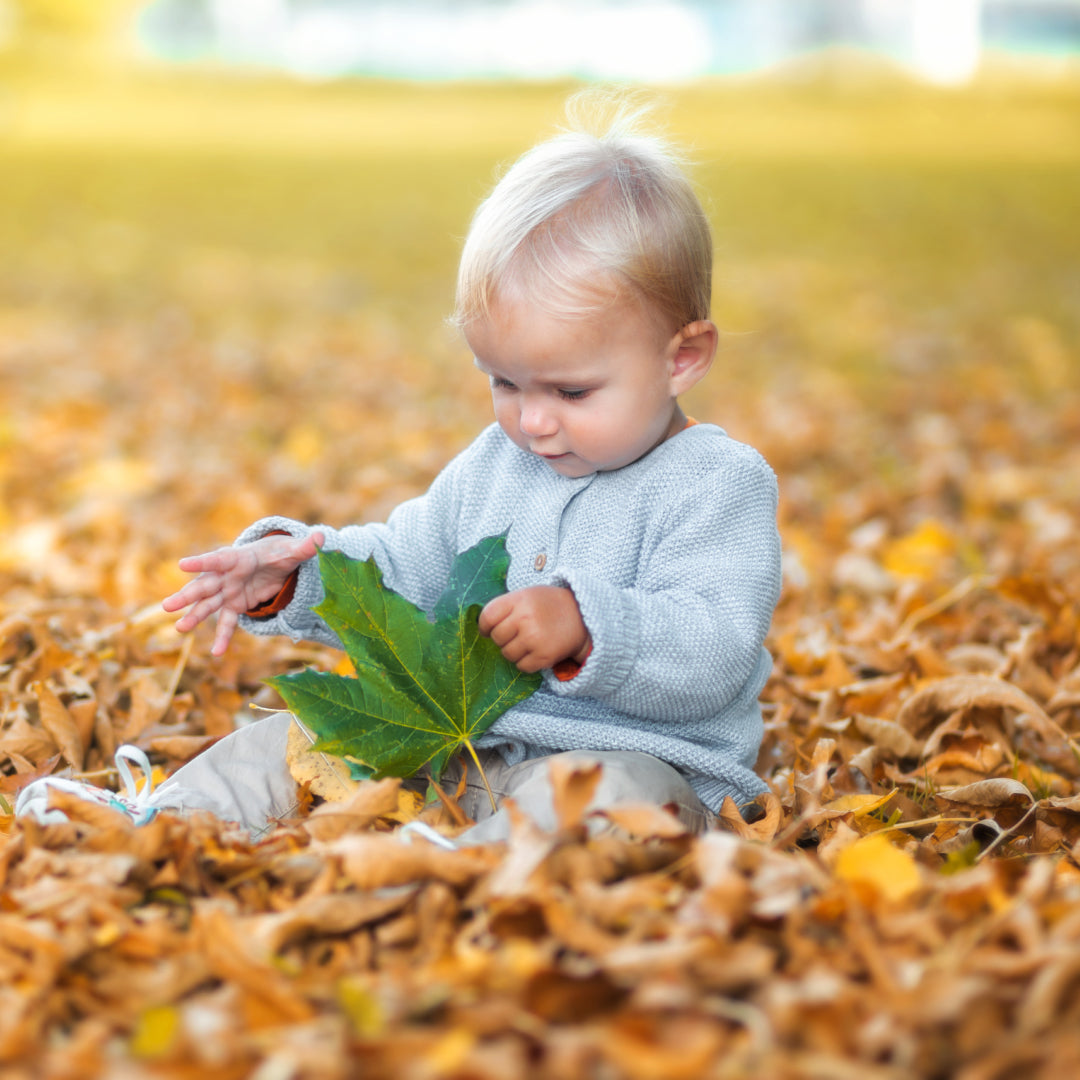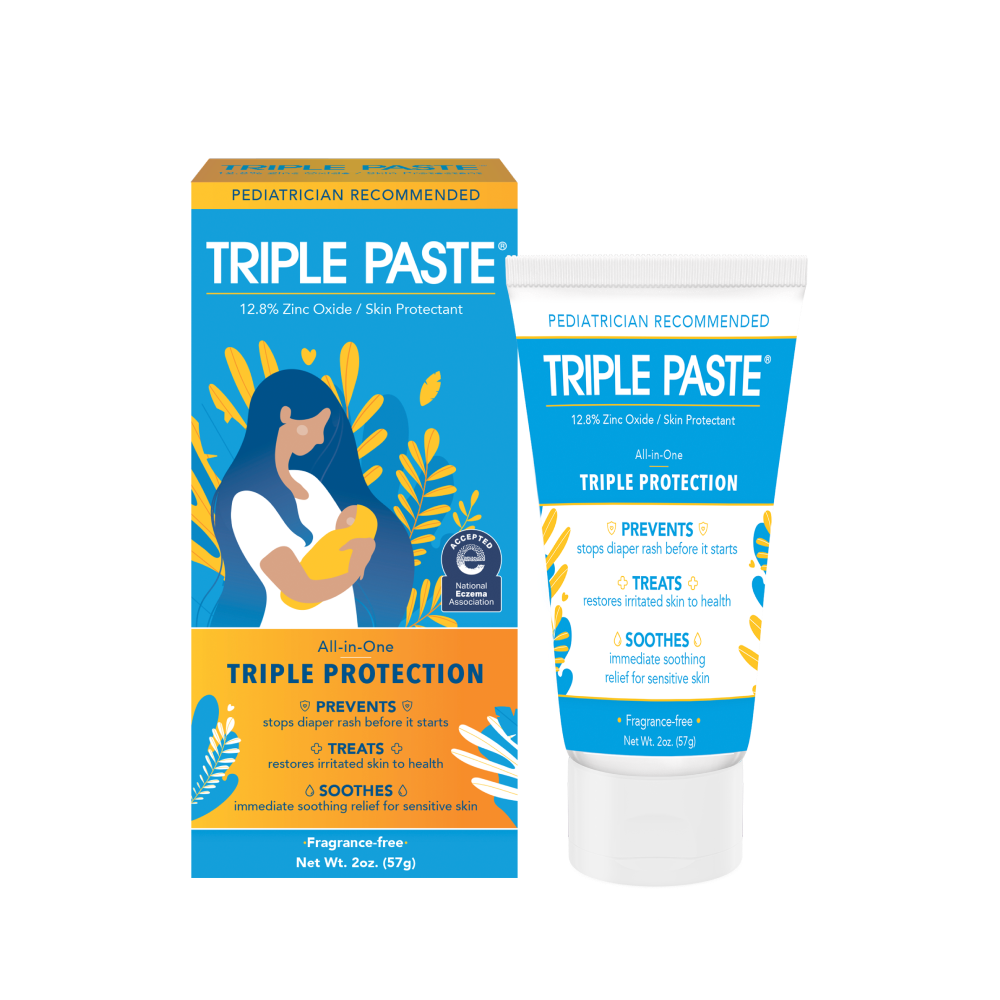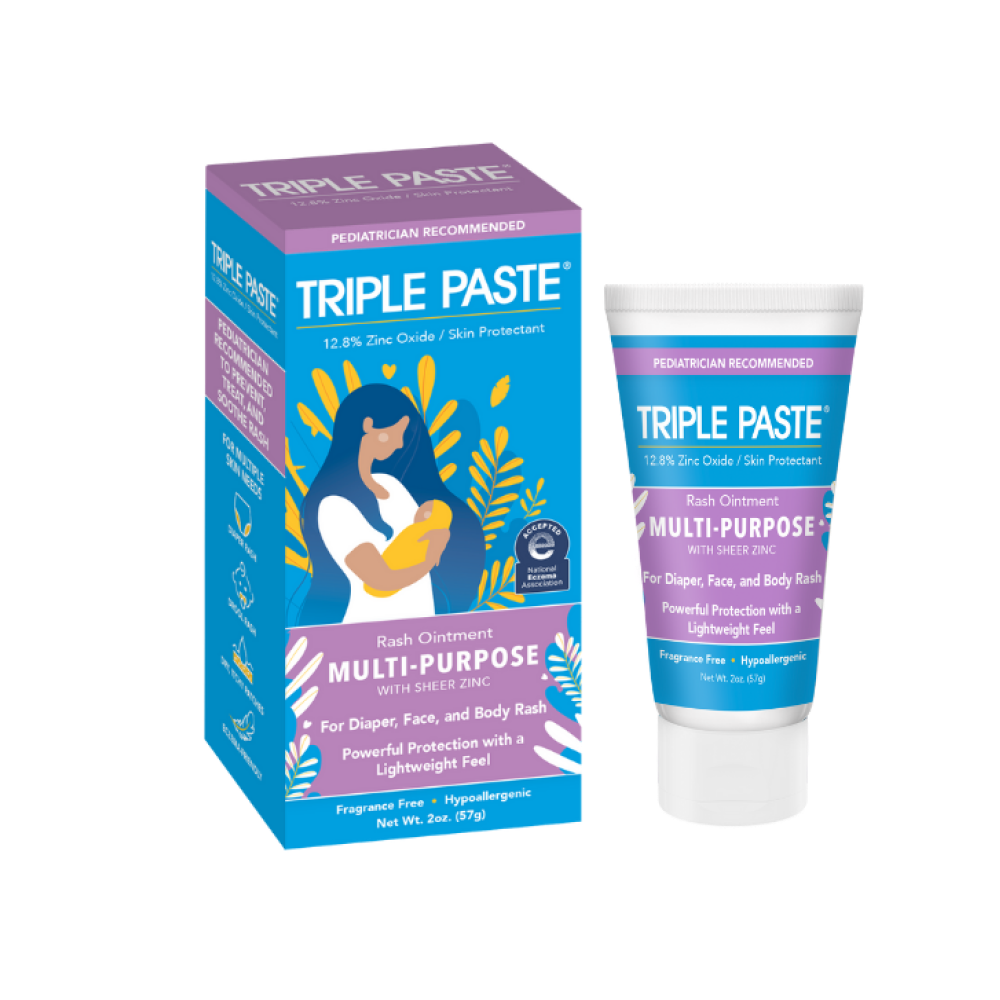Diaper Rash Prevention Tips for Different Seasons
You’d think diaper rash would take a break in certain seasons but, the truth is, some seasons can actually make diaper rash worse. By taking a few simple steps as the weather and seasons change, you might be able to prevent diaper rash from becoming worse for your baby.
Summer: Beat the Heat, Dash the Rash
Summer may be all about sunshine and outdoor fun, but in the diaper rash world, heat and humidity are not your baby’s friend. It’s time to sharpen your focus on the sweat and moisture that can irritate your baby's sensitive skin by:
- Changing diapers more frequently. A diaper may be “clean” but still damp with sweat. Change to a fresh, dry diaper more often than usual, including when returning indoors after being out in the heat.
- Airing out your baby’s bottom. Give your baby some diaper-free time, safely of course. Letting their skin breathe can help keep it dry and rash-free.
- Using looser-fitting diapers. Ensure the diaper fits well but isn’t too tight (or too loose to spill). Tight diapers can trap moisture and cause skin-irritating friction.
- Choosing lightweight, breathable clothing. Dress your baby in loose, breathable clothes (made with natural materials like cottons and linens) to minimize sweating.
- Paying attention to skin folds and inner thighs. Plump baby skin folds are adorable and also great places for sweat, oils and dirt to build up. Be sure to gently clean these areas more often during sweaty season.
Fall: Navigating the Hot to Cool Transition
Fall brings cooler temperatures, but the shift from summer heat can still affect your baby's skin. As we get closer to winter and humidity fades, air can be drying indoors and out.
- Layer clothing wisely. As temps vary from warm to cool, dress your baby in layers that you can easily remove or add onto to prevent overheating and keep them comfortable and sweat-free.
- As cooler days come, use a fragrance-free baby skin lotion to keep your baby's skin moisturized before the drying winter air comes. Make sure to keep the routine going through winter.
- Add oatmeal or baking soda to the bath. If your baby’s skin has had enough of the changing temps or fall allergens and needs some soothing, try adding a cup of baking soda or oatmeal to their warm bath.
Winter: Combating Cold Temps & Dry Air
Winter’s cold air and indoor heating can dry out your baby’s skin, making it more susceptible to diaper rash. The added layers and less frequent changes can also contribute to the problem.
- Humidify indoor air. Use a humidifier in your baby’s room to add moisture to the air and prevent dry skin and irritation.
- Give warm or lukewarm baths. A baby’s skin can be dry, scaly or flaky in parts, so with winter’s dry air it’s important to keep bath water at a lower temperature to avoid further irritation. Avoid bubble baths as they can be drying, too.
- Minimize clothing layers indoors. Even though your baby looks adorable in their new bulky sweater, maybe only leave it on for visiting or visitors, and ditch the top layer once everyone has seen them (and pics have been snapped), so the baby doesn’t start sweating.
Spring: Managing Allergies and Moisture
Spring is a season of renewal, but it can also bring allergens and increased moisture from rain and humidity. Both can irritate your baby’s skin.
- Use fragrance-free, hypoallergenic products. With so many allergens blooming in spring, using gentler, non-irritating baby washes, wipes and diapers can help limit skin reactions.
- Monitor allergies. Keep an eye out for any new rashes, particularly if they emerge after being outside or in a pool. A rash on the upper thighs could be from diaper rash or could be from sitting in the grass.
- Keep the baby’s bottom dry. Between rain, dewy grass and an increase in sweat during spring, you may want to start transitioning to your summer routine and change diapers more frequently, especially if they already have diaper rash.
- Clean gently. In addition to using products designed for sensitive baby skin, use soft washcloths to clean your baby. Gently wipe across skin and then pat dry with an equally soft towel.
Create a Protective Barrier in All Seasons
In every season, using a barrier cream or ointment to protect your baby’s skin from irritation and diaper rash is important. Know that you can use diaper rash creams like Triple Paste to treat diaper rash and help prevent it.
If the rash is severe (very red or blistering), painful, gets worse or does not improve after several days, call your doctor. You may need a different treatment.
Even though the seasonal changes don’t give you a break, be sure to give yourself one. Diaper rash is a fact of life for most babies. Do what you can to prevent it and treat it, and call your baby’s doctor, your OB/GYN, or even fellow baby parents if you need help.



